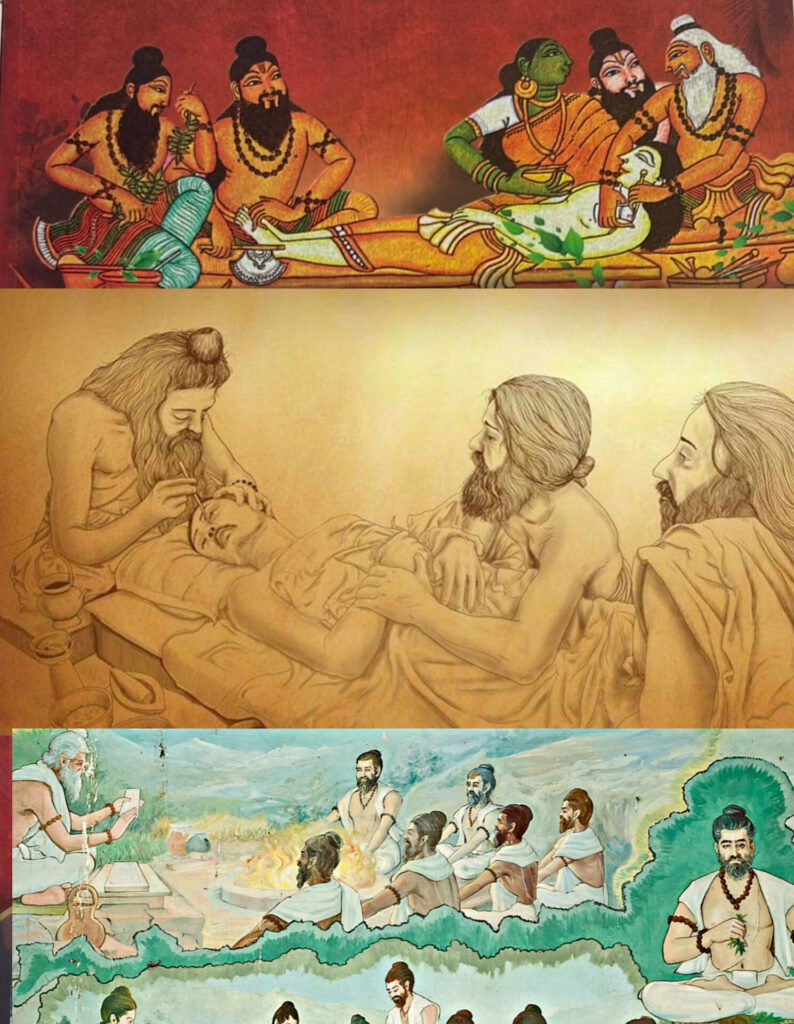
The Samhita & Siddhanta department is indeed one of the most fundamental and essential branches of Ayurveda. It serves as the foundational pillar of Ayurvedic knowledge, focusing on the study, interpretation, and validation of the core principles described in the classical Ayurvedic texts (Samhitas).
Key Aspects of Samhita & Siddhanta Department:
- Study of Classical Texts (Samhitas):
- Involves deep analysis of ancient Ayurvedic scriptures like Charaka Samhita, Sushruta Samhita, Ashtanga Hridaya, and others.
- Explores fundamental concepts such as Panchamahabhuta (Five Elements), Tridosha (Vata, Pitta, Kapha), Sapta Dhatu (Seven Tissues), Agni (Digestive Fire), and Ojas (Vital Immunity).
- Siddhanta (Philosophical & Theoretical Framework):
- Examines the scientific and logical principles (Siddhantas) of Ayurveda.
- Validates traditional knowledge through Nyaya (logic), Pramana (evidence), and Yukti (rational application).
- Comparative Analysis & Research:
- Compares different interpretations of Ayurvedic principles across various texts.
- Bridges ancient wisdom with modern scientific understanding.
- Preservation & Propagation of Ayurveda:
- Ensures the authentic transmission of Ayurvedic knowledge to future generations.
- Helps in standardizing Ayurvedic education and practice.
Importance in Ayurvedic Education:
- This department forms the first step in Ayurvedic studies (Pratham Prof. in BAMS).
- It helps students develop a strong conceptual understanding before moving to clinical subjects like Kayachikitsa (Medicine), Shalya (Surgery), or Panchakarma.
- Acts as a guide for research in fundamental Ayurvedic theories.
Modern Relevance:
- With increasing interest in evidence-based Ayurveda, this department plays a crucial role in validating ancient principles through modern research methodologies.
- Helps in integrating Ayurveda with contemporary medical sciences while maintaining its traditional essence.
In summary, Samhita & Siddhanta is the root of Ayurvedic knowledge, ensuring that the timeless wisdom of ancient sages remains scientifically relevant and practically applicable in today’s world.
